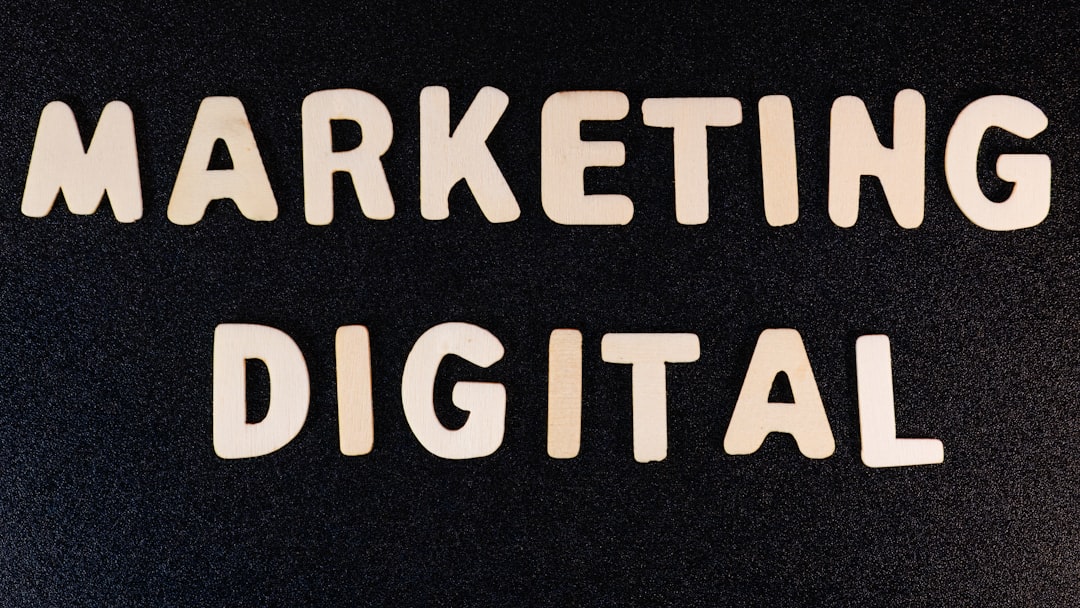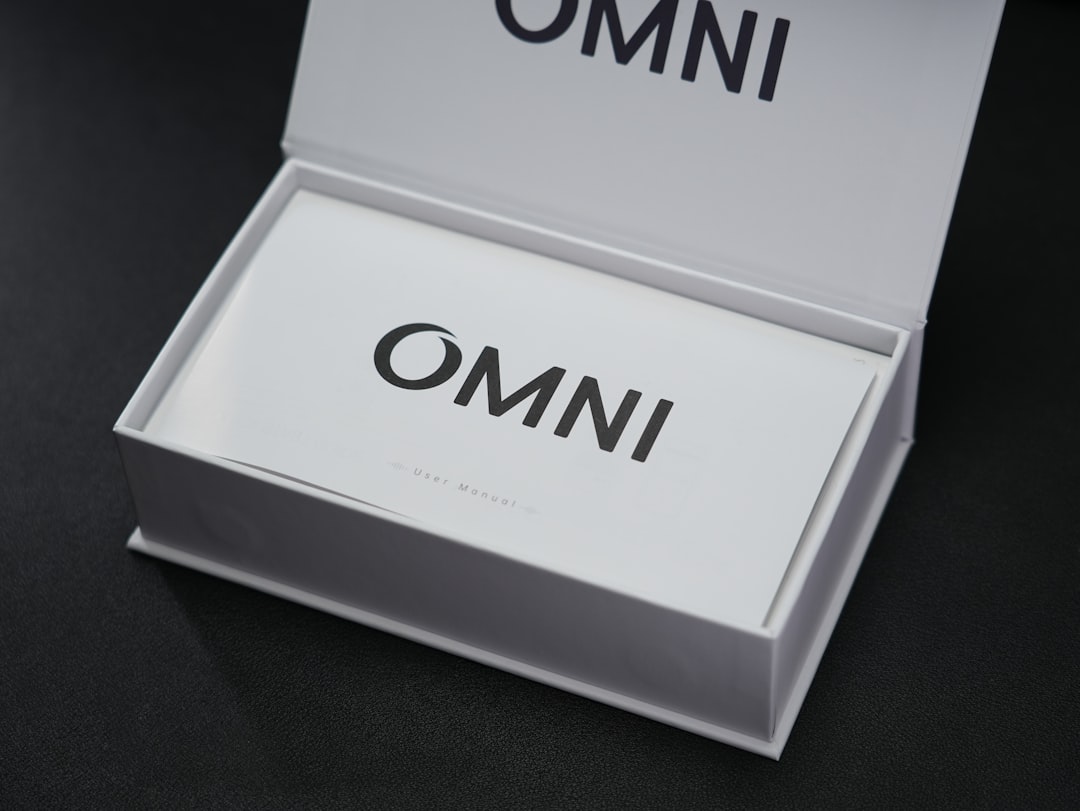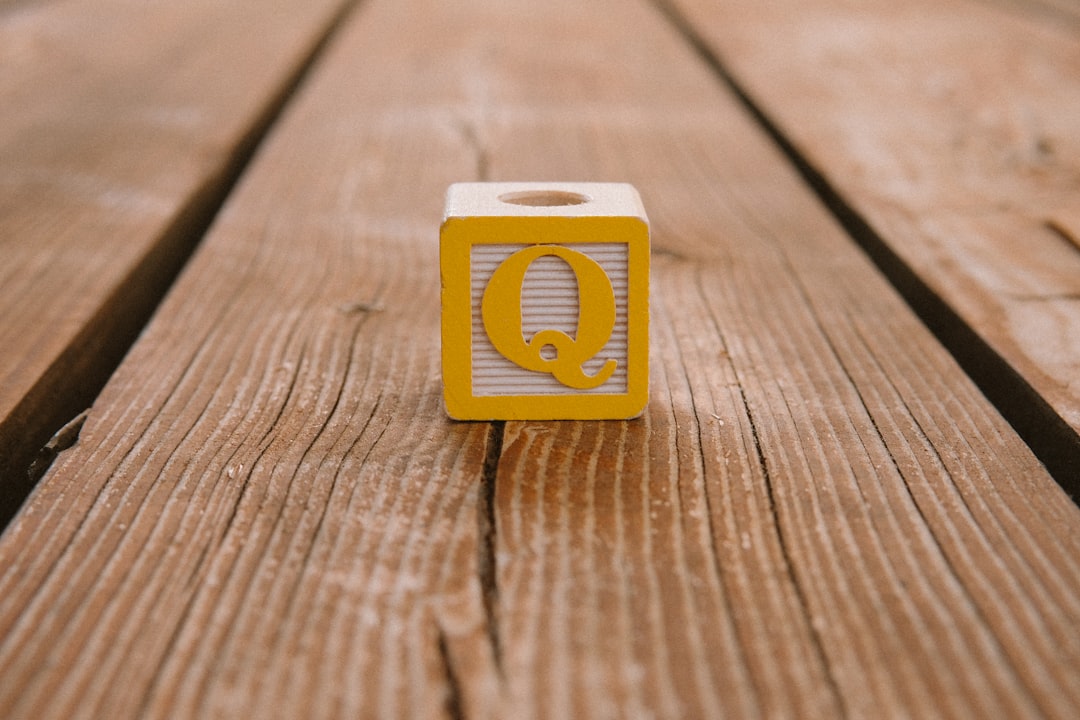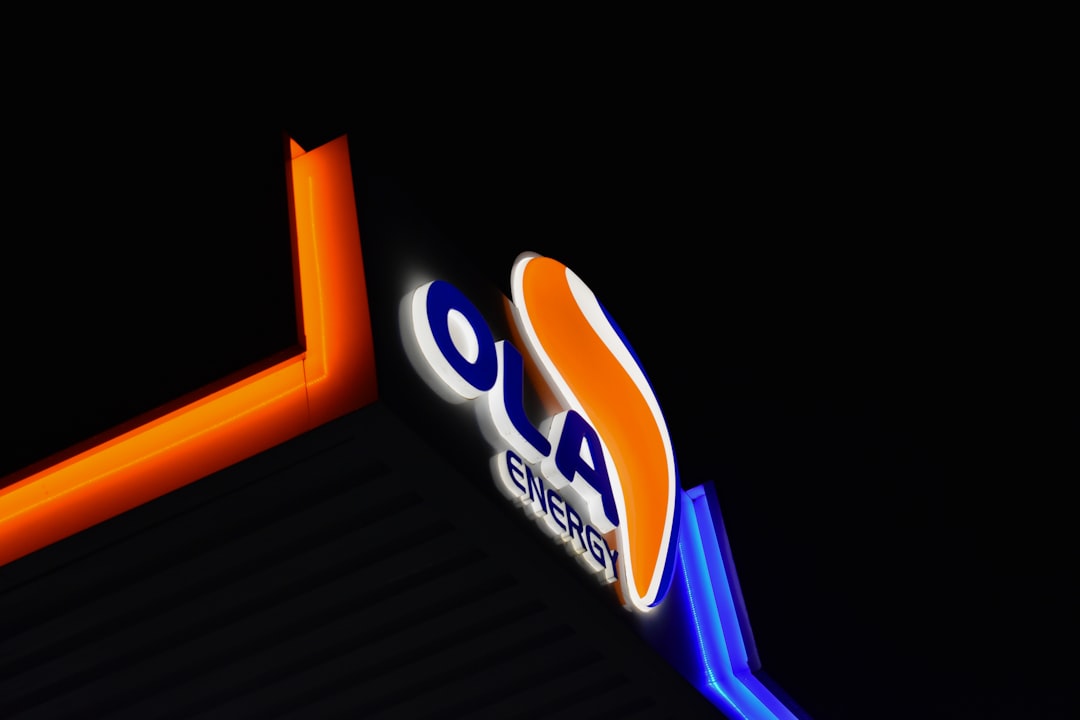

Engage prospects with a scan and streamline customer engagement with FREE QR code marketing tools by Sona – no strings attached!
Create a Free QR CodeFree consultation

No commitment

Engage prospects with a scan and streamline customer engagement with FREE QR code marketing tools by Sona – no strings attached!
Create a Free QR CodeFree consultation

No commitment
In today’s digitally driven world, QR codes have evolved from a novelty to a strategic powerhouse for bridging offline engagement with online action. For digital marketing agencies, they provide a fast, app-free way to drive conversions, unify fragmented data, and attribute revenue from physical touchpoints that were previously invisible. This means every flyer, event booth, or package can become a measurable digital entry point that feeds your funnel.
When agencies connect print, events, and in-person moments to reliable analytics and CRM data, they create closed-loop reporting and better forecasting. QR deployments help teams reduce friction in the journey, personalize follow-ups, and improve return on ad spend, all while giving clients a clearer view of performance. The result is a scalable method to move prospects from curiosity to conversion with fewer steps and better data capture.

QR codes bridge the gap between physical touchpoints and digital outcomes, making it easier to reach measurable goals like higher conversion rates, lower acquisition costs, and faster time to value. Many agencies still rely on manual or analog steps: paper sign-in sheets at events, print coupons that never get redeemed, or brochures without an obvious next action. These steps create leakage in the funnel. A well-planned QR strategy replaces those bottlenecks with instant, trackable calls to action that let people convert on the spot.
Consider the difference between a clipboard and a mobile-friendly form like a Google Forms QR. When you trade a paper list for a scannable sign-up flow, you reduce manual errors, capture correct contact info, and trigger automated nurtures while intent is high. The same applies to static print materials. If your flyer, postcard, or billboard asks people to type a long URL, most of them will not. A QR code shortens the path to action to a single scan, which increases conversion and makes attribution easy.
Here’s how agencies can deploy QR-driven workflows:
With these steps, agencies modernize offline workflows, capture more qualified prospects, and deliver stronger reporting. Platforms like Sona QR support dynamic codes, segmentation, and automation, which helps you scale across clients and campaigns without sacrificing insight.

Digital marketing agencies often operate in a hybrid environment across print, events, outdoor, and digital. The challenge is connecting these efforts so they tell one cohesive story and roll up into measurable outcomes. QR codes solve the offline-to-online gap by converting any physical impression into a digital session that can be tracked, nurtured, and attributed.
Speed and simplicity matter. People do not want to download an app to register for a webinar, claim a discount, or view a spec sheet. A QR code lowers the barrier to action to one scan, which significantly improves follow-through for time-sensitive tasks. When that code is dynamic, agencies can update destinations without reprinting and A/B test landing pages mid-campaign, which preserves budget and improves outcomes.
QR codes also align with common agency materials. Appointment cards, trade show banners, product packaging, magazine ads, and direct mail can all include QR prompts to book, buy, or learn more. When those scans flow into a platform like Sona QR with timestamp, location, and device, you get a real-time view of engagement across touchpoints. That data can power offline attribution, retargeting, and executive reporting that ties campaigns to pipeline and revenue.
By adopting QR strategies, agencies reduce waste, tighten attribution, and provide clients with visibility that print alone cannot deliver.

Agencies need flexible QR formats to match different objectives and audiences. A code that sends people to a gated guide supports lead generation, while a pre-filled SMS prompt is ideal for fast customer service. Choosing the right format ensures your QR initiates the action that best matches intent and context.
For many agencies, web link codes and form codes will be the backbone of lead generation. vCards make it simple for prospects to save a salesperson’s info at an event. SMS and email codes help with opt-ins and post-purchase support. Wi-Fi access can reduce friction at events or pop-ups, and app download codes streamline installs for clients with mobile experiences.
Using Sona QR, agencies can create and manage all of these formats in one place, update destinations dynamically, and analyze scan performance at the asset and campaign level.

Growth often hides in offline environments where interest is high but digital capture is missing. Agencies that map their clients’ physical touchpoints and layer in QR activation convert curiosity into attributed conversions. Start by identifying your highest-trafficked, most brand-relevant surfaces, then craft clear, benefit-oriented calls to action.
Events, retail, packaging, and out-of-home media are prime candidates for QR-driven acceleration. Each has built-in attention and context. The key is to use a code that matches intent and meets people where they are. For example, a booth banner might prompt Scan to book your strategy session, while a package insert might prompt Scan to claim your warranty and get 10 percent off your next order.
Top placements include:
By integrating QR codes into these placements, agencies can close the gap between offline impressions and online results, then feed the insights into media planning and budget allocation.

QR codes deliver tangible impact when aligned with common agency-led interactions. The following use cases focus on capturing demand at the source, creating better customer experiences, and shortening the path to conversion. Each example also unlocks improved attribution and post-scan automation.
These use cases transform high-intent offline moments into trackable digital actions, which helps agencies deliver closed-loop reporting and better ROI for clients.
Every scan is a signal. It contains context about interest, timing, and environment that helps agencies tailor follow-up. When you deploy multiple QR codes across the journey, you can segment audiences automatically based on what they scanned and where they scanned it. That data unlocks intent-driven retargeting, more relevant offers, and improved conversion rates.
Successful audience building starts with intentional code design. Use separate codes for awareness, consideration, and conversion so your CRM can tag each contact by funnel stage. Add UTMs for placement, geography, and creative. Over time, these dimensions allow you to build lookalikes in paid media, create lifecycle messaging in email and SMS, and alert sales when a high-value prospect resurfaces.
With Sona QR, each QR becomes a smart entry point that automatically feeds your segmentation model, enabling retargeting based on real-world behavior rather than assumptions.
QR codes act as connectors across your offline and digital channels. When used intentionally, they make each medium measurable and move audiences through your funnel in fewer steps. Agencies can unify their creative, media, and analytics by routing scans into consistent landing experiences and orchestrated follow-up.
Think of QR as the onramp to your digital engine. Print collateral should not be dead ends. Instead, add clear next steps that help you capture intent at the moment attention is highest. Then, use a centralized platform like Sona QR to manage codes, monitor performance, and sync data to your CRM and ad stack.
When QR is woven into your multi-channel strategy, you create a connected experience that accelerates engagement, improves data quality, and supports better optimization across the board.
The most successful QR campaigns follow a repeatable process. Start with a clear purpose, choose the right code type, design for visibility, deploy in the right places, and optimize with data. The steps below form a blueprint that agencies can adapt for each client and use case.
Use this section to align stakeholders on what will be built, where it will be placed, and how success will be measured. Include a quick test plan so you can refine early and scale once results are proven.
Measurement turns QR engagement into business intelligence. Without a data connection between scans and revenue, you have only partial insight into campaign impact. Agencies that instrument the full journey from scan to conversion produce better optimization and stronger client reporting.
The key is to centralize scan data and link it with identity, behavior, and outcomes. When you know which assets drive scans and which audiences complete actions, you can shift investment to what works and cut what does not. You also gain the ability to personalize follow-up based on context and timing.
Sona QR captures real-world engagement, while Sona.com links that engagement to revenue. Together they give agencies the insight they need to prove impact, optimize spend, and standardize QR as part of performance marketing.
Expanding QR success is about consistency, clarity, and continuous improvement. Agencies that standardize their QR playbook across clients gain scale advantages and more reliable results. Start with a small set of high-impact placements, then broaden your footprint once the workflow and reporting are dialed in.
Choose tips that match your most common media and client goals. For a brand-heavy roster, focus on OOH and direct mail. For B2B software clients, prioritize conferences and ABM mailers. For eCommerce, use packaging and receipts. In each case, make scans rewarding with clear benefits and fast, mobile-optimized destinations.
Start creating QR codes for free, then layer in CRM and attribution once you are ready to scale.
QR codes are more than a shortcut. They are a strategy for turning every physical surface into a digital entry point and every moment of interest into a moment of action. When agencies make offline touchpoints measurable, they transform awareness into attributed pipeline and re-engage prospects at the right time with the right message.
Here is the value they deliver:
With Sona QR, agencies have everything needed to capture demand at the source, centralize analytics, and prove impact from scan to revenue. Deploy QR codes across your next campaign, and you will not only reduce missed opportunities, you will also create a repeatable growth engine that clients can see, measure, and scale.
QR codes have revolutionized digital marketing agencies by transforming traditional campaigns into interactive, data-driven conversion engines. From acquiring new clients to enhancing user engagement and personalizing experiences, QR codes streamline the customer journey while delivering measurable results. Imagine having the ability to instantly track which campaigns resonate most and pivot strategies in real time to maximize impact.
With Sona QR, digital marketing agencies gain a powerful tool to create dynamic, trackable QR codes that update on the fly—no need for costly reprints. Every scan links directly to actionable insights, helping you connect offline touchpoints to online conversions and optimize ROI with precision. This means smarter campaigns, higher client satisfaction, and a clear path from engagement to revenue.
Start for free with Sona QR today and unlock the full potential of QR codes to drive conversions and elevate your agency’s success.
Digital marketing agencies can use QR codes to connect offline touchpoints like print, events, and packaging to digital actions, enabling instant, trackable calls to action that reduce friction, capture accurate data, and improve conversion rates.
Key benefits include bridging offline and online engagement, enhancing attribution and analytics, enabling dynamic content updates without reprinting, improving customer experience with fast mobile access, and providing measurable data that supports better optimization and revenue tracking.
QR codes simplify user actions by enabling app-free, one-scan access to offers, forms, or content, reducing manual entry errors, personalizing follow-ups, and allowing real-time updates that keep experiences relevant and seamless.
Agencies can deploy QR codes on event badges for lead capture, retail packaging for product registration and reviews, point-of-sale displays for loyalty programs, out-of-home ads for measurable traffic, and direct mail for personalized landing pages.
QR codes on packaging or receipts encourage customers to register products, leave reviews, or join loyalty programs by providing easy access, incentivizing scans, and capturing high-intent post-purchase engagement that boosts brand visibility and trust.
Useful QR code formats include web links for landing pages, vCards for contact saving, SMS and email for opt-ins and support, Wi-Fi access for events, and app download codes that detect device type for streamlined installs.
QR codes enable agencies to capture scan data including time, location, and device, link scans to CRM platforms, monitor engagement by channel, measure conversion rates, and attribute revenue, allowing for data-driven optimization and reporting.
Agencies should define goals and audience, choose the right QR code type, design codes with visibility and branding, deploy codes in high-impact locations with tailored CTAs, and continually track and optimize performance based on analytics.
QR codes can connect print collateral, social media, direct mail, TV, digital signage, and events by providing measurable, mobile-first entry points that unify creative and data across offline and online channels.
Using unique QR codes by funnel stage and placement, tagging scans by user action and context, segmenting audiences by timing and location, and syncing data with CRM and ad platforms enable intent-driven retargeting and personalized follow-up.
Use Sona QR's trackable codes to improve customer acquisition and engagement today.
Create Your FREE Trackable QR Code in SecondsJoin results-focused teams combining Sona Platform automation with advanced Google Ads strategies to scale lead generation

Connect your existing CRM

Free Account Enrichment

No setup fees
No commitment required

Free consultation

Get a custom Google Ads roadmap for your business






Launch campaigns that generate qualified leads in 30 days or less.
